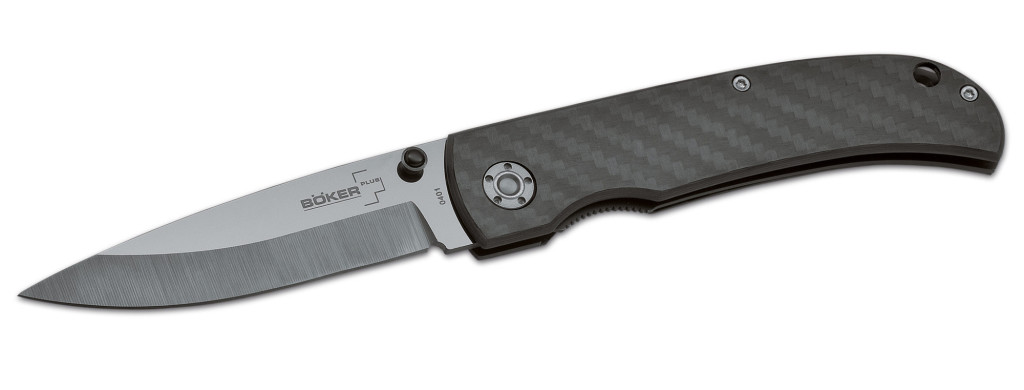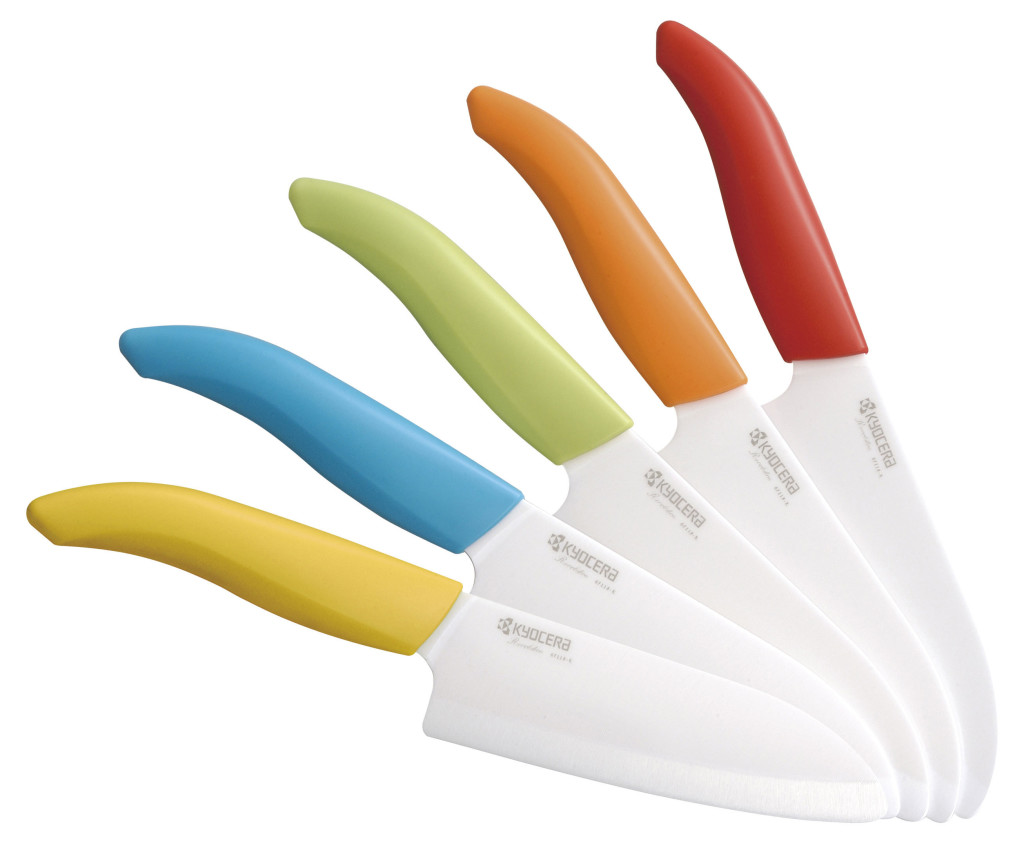RECOIL OFFGRID Preparation Ceramic Knives: Would You Carry One?
As survival-minded individuals, it's important that we never become complacent with our gear. Sure, using old-school and traditional tools for survival is a reliable option, but if you're not constantly checking out new alternative technologies, you might be stuck using outdated gear that's less effective.
That said, we're curious to hear what you think on the topic of ceramic knives. It goes without saying that most of us own at least one fixed-blade or folding knife, and the vast majority of those knives are made of steel. That's the way blades have been forged for centuries, and some might say there's no need to fix what's not broken.

This Boker Antigrav folding knife uses a ceramic blade and carbon fiber scales to tip the scales at only 2.1 oz.
However, modern ceramic knives have come a long way, thanks to prominent manufacturers like Kyocera (from Japan), Boker (from Germany), and Stone River (from the U.S.). They also provide some interesting advantages when compared to ordinary steel knives. Here's a quick list of general pros and cons to summarize ceramic knives:

Ceramic Pros:

Kyocera, a leading manufacturer of ceramic kitchen knives, uses a proprietary material called Zirconia Z206.
Ceramic Cons:
We mentioned in the last point that ceramics are usually very slightly less sharp, but when cared for correctly, they can still be as sharp as a razor. Here's a video that proves it's possible to shave with a freshly-sharpened Kyocera ceramic kitchen knife:
So, we want to hear your thoughts on this cutting-edge blade material (forgive the pun). Answer the poll, and let us know if you'd ever consider a ceramic knife. Feel free to leave a comment at the bottom of this page to explain your choice.
 STAY SAFE: Download a Free copy of the OFFGRID Outbreak Issue
STAY SAFE: Download a Free copy of the OFFGRID Outbreak Issue
No Comments